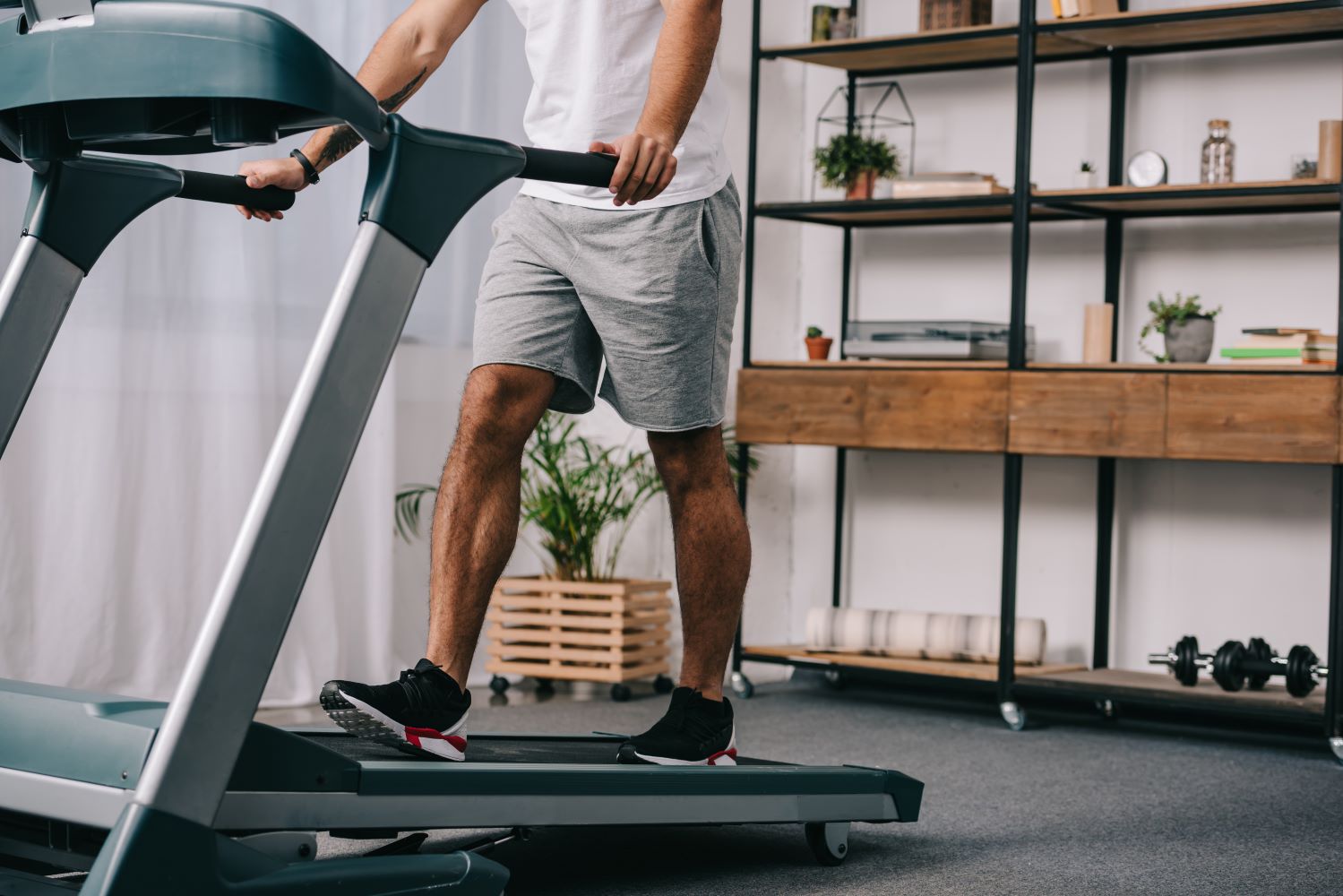Singer and dancer Michael Jackson’s moonwalk wasn’t the only reason people tried walking backward. Fitness buffs are walking backward to improve physical and mental well-being, burn calories, strengthen the quadricep muscles, and more. It turns out there’s quite a history behind walking backward, and it’s been used for centuries in cultural rituals and martial arts, particularly in East Asia. Walking backward or retro-walking is trending on social media. Let’s look at the benefits and how you can walk backward safely.
What are the benefits of walking backward?

Walking forward as you normally would provides numerous benefits, such as burning calories and improving your mood and heart health. Walking backward also provides several unique advantages, such as:
- Enhance your mental health.
- Sharpen your brain and concentration.
- Strengthen your core muscles, calves, quads, and ankles.
- Improve your balance and coordination.
- Burn more calories compared to walking forward.
- Improve your joint health and posture.
- Work the same muscles as regular walking in different ways, including your calves, hamstrings, and quads.
- Fire up other muscles in addition and target more of your gluteal muscles, quads, and hip flexors compared to normal walking.
- Your energy expenditure is significantly higher, so you’ll elevate your heart rate and get cardiovascular benefits.
How long should you walk backward?

You can try retro-walking for two minutes or longer. The most important thing is keeping safety in mind to avoid falling. If you’re a beginner, integrate a minute or two of walking backward into your regular workout routine. You can try retro-walking for longer durations as you advance.
Safety tips for walking backward

Keep these safety tips in mind if you’re considering walking backward:
- You’ll need to maintain strong muscles to be able to walk backward safely, and strength training is one of the best ways to build strength and muscle mass.
- Choose an open area where there aren’t any obstacles, and you have plenty of space.
- Avoid crowded areas.
- Start slowly with just a minute or two until you become more proficient.
- Start on the treadmill holding the handles at a slow speed.
- A slower speed is important because your backward walking pace won’t be as fast as your normal forward walking pace.
- Try to avoid uneven terrain and, ideally, use a treadmill or find a flat paved walking path or short grass.
- Familiarize yourself with the terrain before you start.
Walking backward is unfamiliar to you, so it stimulates your brain and encourages you to focus. You’ll burn more calories and enhance your spatial awareness, memory, and concentration. Plus, you’ll be much sturdier on your feet when you’ve mastered the art of walking in reverse.




